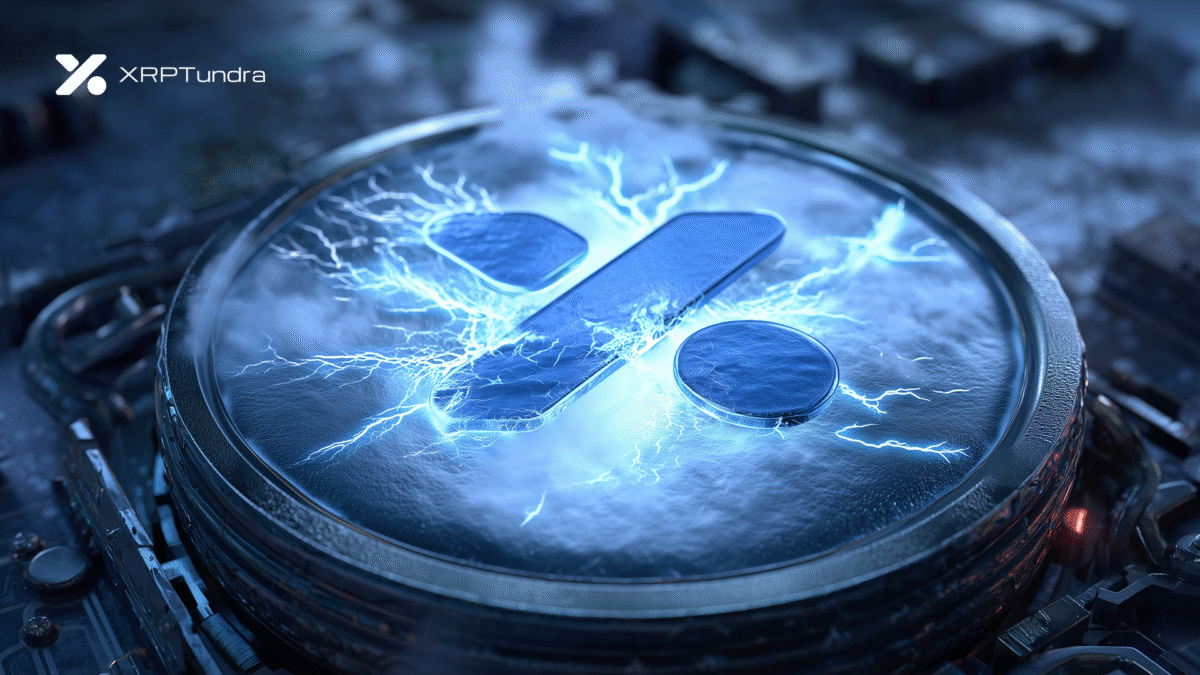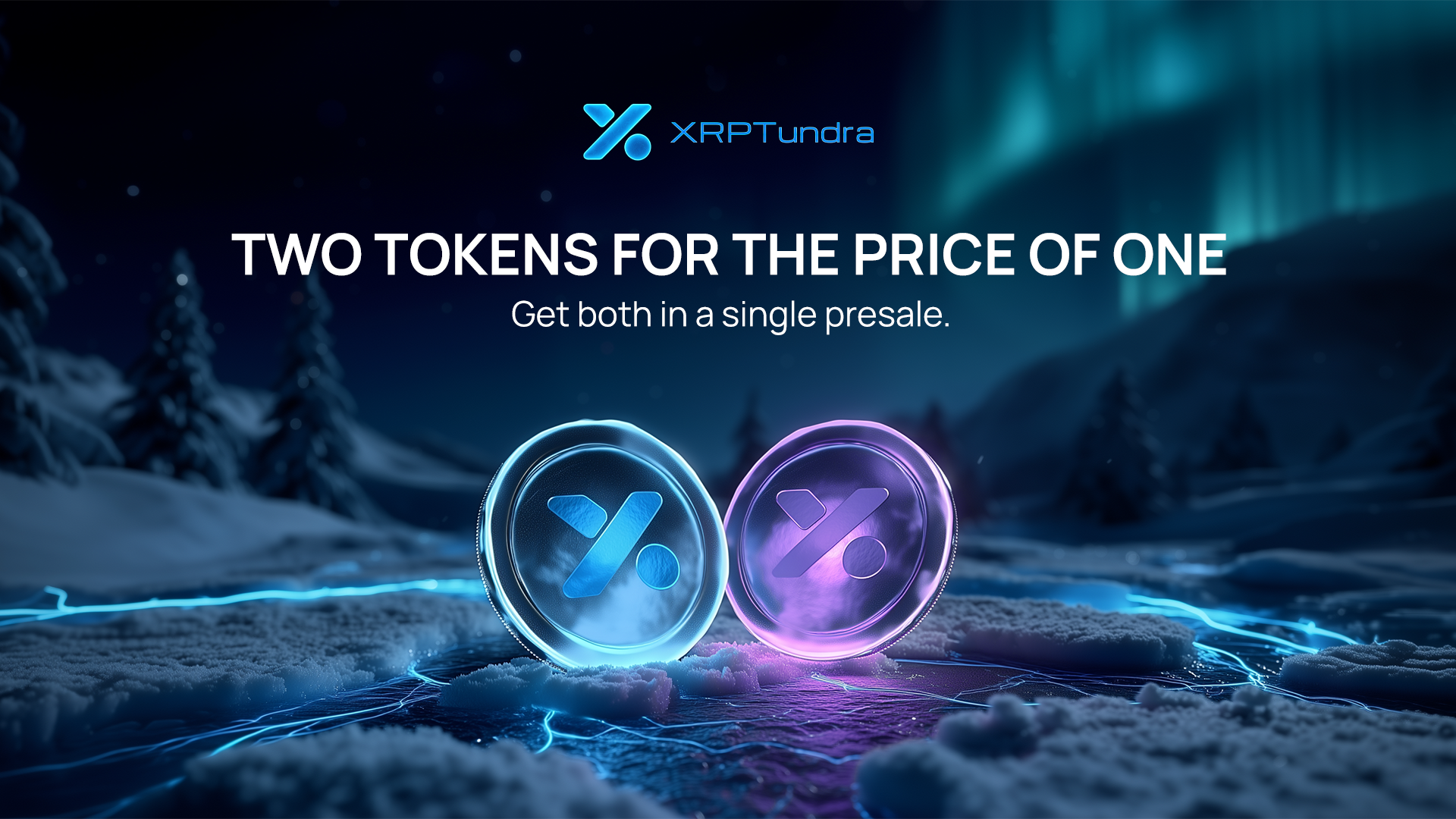While many blockchain governance systems cool under scrutiny, new entrants are finding heat in structure rather than speculation. Recent reports from Hedera’s network showed weakening activity across key services, pushing investors to reassess what decentralization means in practice. The slowdown contrasts sharply with growing attention toward XRP Tundra — a dual-chain DeFi ecosystem whose governance model is verifiable, transparent, and anchored across both the XRP Ledger and Solana.
In a market searching for stability over hype, Tundra’s method of separating governance and utility has started to draw attention from investors previously aligned with networks like Hedera. Instead of relying on one token to do everything, Tundra’s architecture assigns distinct roles — a governance layer through TUNDRA-X on XRPL and a utility engine through TUNDRA-S on Solana.
Governance Fatigue Across Layer-1 Networks
Hedera’s HBAR network has struggled to sustain engagement through 2025. According to Messari’s State of Hedera Q1 2025 report, activity across all network services — including the Consensus and Token Service layers — declined sharply, with total service revenue contracting quarter-over-quarter. Analysts link the slowdown to reduced staking incentives and a concentration of validator power, a pattern that often emerges when one asset must handle both governance and liquidity.
This “single-token strain” has become a recurring limitation for many Layer-1 networks. As participation narrows, governance effectiveness weakens — and decision-making shifts from the community to a handful of active validators. XRP Tundra enters that backdrop with an opposite logic: a dual-token framework designed so that one asset manages governance and reserves, while the other fuels liquidity and yield.
TUNDRA-X: Governance Anchored in Verification
At the core of Tundra’s structure is TUNDRA-X, the XRPL-native governance and reserve token. Operating directly on the XRP Ledger, it benefits from settlement speeds of three to five seconds and minimal transaction costs while maintaining full on-chain visibility. Every TUNDRA-X holder will participate in protocol votes that determine reward emissions, ecosystem upgrades, and future Layer-2 integrations through the forthcoming GlacierChain.
Unlike many governance frameworks that rely on private foundations or off-chain councils, Tundra’s verification standard is fully documented. The project completed audits with Cyberscope, Solidproof, and FreshCoins, alongside full KYC verification via Vital Block. Together, these confirm that governance participants engage within a system whose code and founding team have been externally validated — a distinction few new-generation networks can claim.
The reserve function of TUNDRA-X also reinforces value stability across the ecosystem. Its design allows for locked reserves that can later underpin the GlacierChain Layer-2 bridge, providing a secure foundation for future on-chain finance applications.
Solana-Powered Utility: TUNDRA-S Keeps the Engine Hot
While TUNDRA-X handles policy, TUNDRA-S powers activity. Built on Solana, it functions as the ecosystem’s utility and yield token, managing liquidity, transaction fees, and reward generation. XRP Tundra deploys the Meteora DAMM V2 liquidity system — a dynamic automated market maker capable of adjusting fees in real time to mitigate volatility during heavy trading periods. This setup was tested by several Solana protocols and is recognized for stabilizing liquidity when new tokens launch.
As markets observed Hedera’s governance debates grow stale, Tundra’s focus on structural execution has become a talking point among DeFi analysts. A recent review by Crypto Legends on YouTube highlighted how dynamic fees and verifiable audits can make yield ecosystems less prone to manipulation.
Presale Data Signal Investor Confidence
The model’s credibility is also visible in numbers. XRP Tundra’s Phase 6 presale has already attracted more than 11,600 participants and raised over $1.2 million. Participants currently purchase TUNDRA-S at $0.1 with a 14% bonus, alongside a free 1:1 allocation of TUNDRA-X, which carries a reference price of $0.05.
The listing prices are set at $2.5 for TUNDRA-S and $1.25 for TUNDRA-X, representing a predefined upside once trading begins. Unlike speculative launches that adjust pricing mid-campaign, Tundra’s schedule is fixed and audited at each phase. The presale allocation covers 40 % of total supply, ensuring that liquidity and reward pools are already documented before exchange deployment.
Dual-Chain Governance Era Is Here
Across the digital-asset landscape, narratives are shifting from “what can a token do” to “what guarantees back what it does.” Hedera’s recent slowdown illustrates the cost of opacity in governance. XRP Tundra, by contrast, treats governance itself as a functional layer — measurable, auditable, and inseparable from its dual-token economy.
Join over 11 000 verified participants shaping Tundra’s dual-chain governance era:
Website: https://www.xrptundra.com/
Medium: https://medium.com/@xrptundra
Telegram: https://t.me/xrptundra
X: https://x.com/Xrptundra
Contact: Tim Fénix — contact@xrptundra.com
Disclaimer: This media platform provides the content of this article on an "as-is" basis, without any warranties or representations of any kind, express or implied. We assume no responsibility for any inaccuracies, errors, or omissions. We do not assume any responsibility or liability for the accuracy, content, images, videos, licenses, completeness, legality, or reliability of the information presented herein. Any concerns, complaints, or copyright issues related to this article should be directed to the content provider mentioned above.









